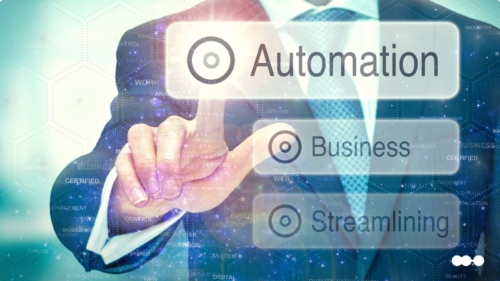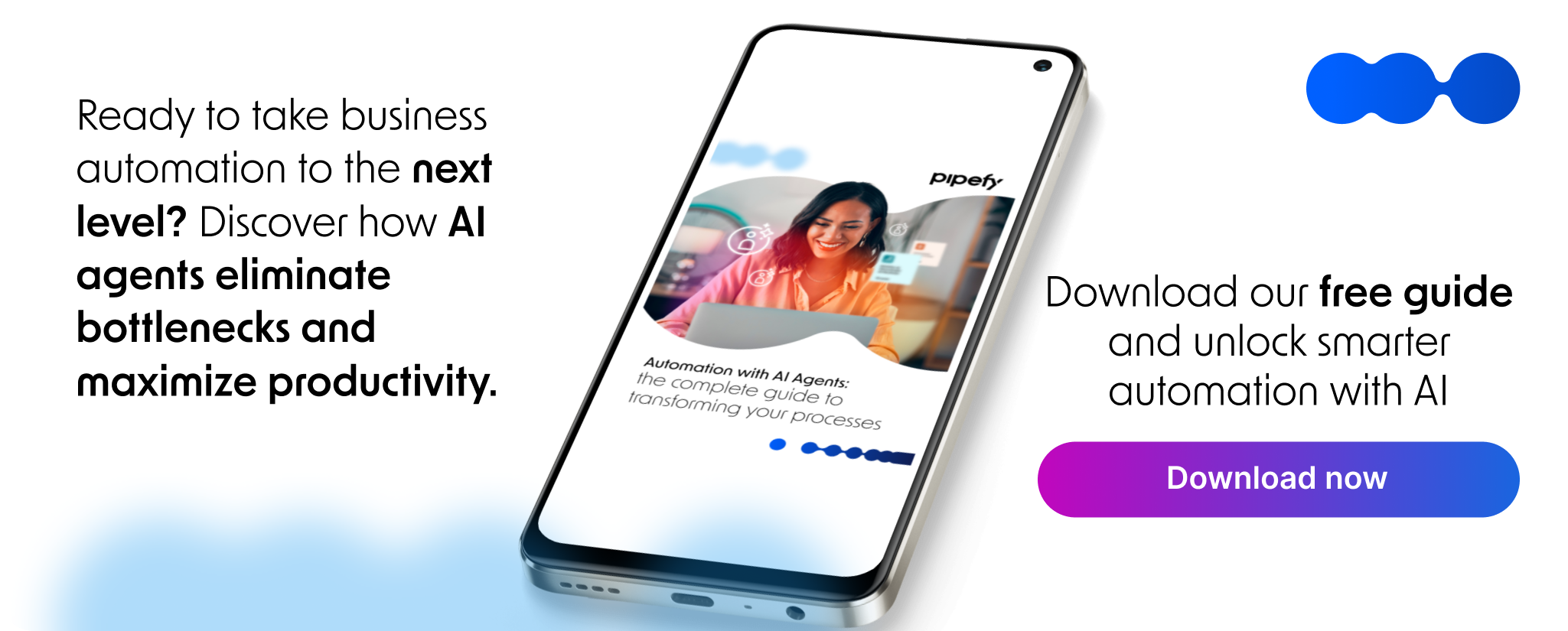
In a competitive market, speed and accuracy are critical to winning deals. Yet, for many sales teams, the process of commercial offer creation remains a significant bottleneck. Manually assembling proposals, pulling pricing from spreadsheets, and chasing down approvals via email consumes valuable time that sales representatives should be spending with customers.
This traditional approach is not just slow; it’s prone to errors. Inconsistent branding, outdated pricing, and missed compliance checks can undermine a deal before it even reaches the client. This operational friction directly impacts revenue and sales team morale.
However, new technology provides a far more efficient path forward. The automation of this process, powered by low-code/no-code platforms and Artificial Intelligence (AI), is transforming how organizations handle their entire commercial workflow.
This article explores how your business can move away from manual methods to adopt an intelligent, automated engine for commercial offer creation. We will detail the hidden costs of the traditional process, the revolutionary role of AI Agents in sales proposal automation, and how you can implement this solution quickly and intuitively, starting with Pipefy’s free template.
The Hidden Costs of Manual Proposal Management
On the surface, using standard office documents to create proposals seems like a cost-free solution. In reality, the hidden costs of this manual approach are substantial. They create operational drag that impacts sales productivity, revenue, and customer perception. The biggest cost is the misallocation of your sales team’s most valuable asset: their time.
Sales reps often spend a disproportionate amount of their week on non-selling, administrative tasks. According to the 4th “State of Sales” report from Salesforce, sales reps spend only 28% of their week actually selling. The rest of their time is consumed by tasks like data entry, quote generation, and internal follow-ups, which are all part of manual commercial offer creation.
Beyond the cost of time, this manual approach introduces several other significant problems:
- Errors and Inconsistencies: Manually copying customer data, product SKUs, and pricing into a document is a recipe for error.
- Delayed Approval Cycles: When a proposal requires review from legal, finance, or senior management, an email can get buried in an inbox for days.
- Lack of Visibility and Control: Without a centralized quote management system, sales leaders have poor visibility into the proposal pipeline. It’s difficult to track how many offers are pending, what their values are, or if they are compliant with current company policies.
- Reduced Sales Velocity: The longer it takes to deliver a professional and accurate offer to a prospect, the lower the chance of winning the deal. Manual processes inherently limit sales velocity and can be a direct cause of lost revenue.
These hidden costs demonstrate that manual proposal management is a significant barrier to scaling a sales operation effectively.
Read more: Save time and close more deals with AI Agents in technical pre-sales
From Manual Docs to a Smart Commercial Document Workflow
Optimizing the commercial offer creation process involves a journey of technological maturity. Each stage offers improvements, but only intelligent automation can truly eliminate the friction and risks of manual work.
Let’s compare the different approaches to understand this evolution:
| Capability | Manual Method (Word/Email) | Basic Automation (CPQ Tools) | Intelligent Automation (with AI Agents) |
| Data Entry | Fully manual. Reps copy and paste data from CRM, emails, and spreadsheets | Semi-automated. Pulls data from integrated CRM, but custom fields often require manual input | Automated with IDP. AI Agents extract data from emails and notes to pre-populate the entire offer |
| Quote Generation | Manual. Reps consult separate price lists and calculate discounts by hand | Automated quoting based on pre-set rules. Can struggle with complex, custom configurations | Dynamic quote management. AI Agents pull real-time pricing and apply complex discounts automatically |
| Approval Process | Manual email chains. No visibility, no automated follow-ups | A structured but rigid proposal approval flow. Alerts are sent, but exceptions require manual handling | Dynamic and intelligent. AI Agents route the offer based on value or terms and escalate automatically |
| Compliance | Dependent on the rep’s knowledge and diligence. High risk of error | Rule-based compliance checks. Can become outdated if not constantly maintained | Proactive compliance. AI Agents ensure all legal and financial clauses are current in every offer |
| Document Finalization | Reps manually save as PDF and attach to an email | Generates a standardized PDF from a template | Generates the document and can trigger delivery through a preferred channel (email, portal, e-signature tool) |
While basic automation tools were an important step, the introduction of a smart commercial document workflow powered by AI Agents delivers a new level of speed, intelligence, and reliability.
How AI Agents Revolutionize Commercial Offer Creation
AI Agents act as proactive digital assistants within your sales workflow. They go beyond simple automation by analyzing unstructured data, making decisions based on complex rules, and executing multi-step tasks autonomously. This revolutionizes the process.
Here’s how Agentic AI drives this transformation in practice:
- Intelligent Document Processing (IDP): Instead of a sales rep manually reading a prospect’s email and transferring the requirements into a form, IDP allows an AI Agent to do it automatically. The agent can scan an inbound email, a meeting transcript, or CRM notes to identify key information like the customer’s name, required products, and requested terms. It then uses this data to kick-start the commercial offer creation workflow without any manual data entry.
- Dynamic Quote and Proposal Generation: Once the initial data is captured, the AI Agent assembles the quote. It connects to your product database or ERP to pull the latest pricing and check stock levels. It accesses the CRM to understand the customer’s tier and automatically applies the correct discount levels.
- Autonomous and Context-Aware Approval Routing: A simple offer under a certain value might not need approval, while a large deal with custom legal terms needs review from multiple departments. The AI Agent can manage this complex logic automatically. It analyzes the offer’s content and value, then routes it through the correct proposal approval flow.
Proactive Communication and Task Execution: The agent keeps the process moving and all stakeholders informed. It notifies the sales rep once the offer is ready for review, alerts managers when their approval is needed, and can even send a notification to the customer success team once the deal is signed. This end-to-end automation ensures a smooth and transparent commercial document workflow.
Use Case: Streamlining Sales Ops Automation in Financial Services
To make these concepts more tangible, let’s consider a fictional scenario in the financial services industry.
Imagine a firm that provides complex B2B investment products. Their sales team is highly skilled, but they are bogged down by the process of creating customized proposals. Each offer requires specific compliance disclosures, involves variable interest rates based on market data, and needs a multi-level approval process.
To solve this, the company could use Pipefy’s low-code platform to build a centralized sales ops automation workflow in three key steps:
- Workflow Design: The Head of Sales Operations could visually design a multi-stage workflow (e.g., “Requested,” “Drafting,” “Compliance Review,” “Approval”) using a low-code builder, with a smart form to initiate each request.
- AI Agent Configuration: An AI Agent would be configured with simple commands to automate key tasks: extracting client data with IDP, generating a quote with real-time rates, and routing high-value offers for compliance review before final approval.
- The Process in Action: A sales rep could initiate a request from their phone. The AI Agent would then instantly draft the offer, manage the multi-step approval with all stakeholders, generate the final PDF, and update the CRM record automatically.
In this hypothetical scenario, the company could reduce its average proposal generation time from 5 hours to just 15 minutes. This would free up the sales team to focus on building relationships and closing more deals, all while ensuring 100% compliance.
Read more: 3 practical ways to use no-code automation to boost the sales department
FAQ: AI-Powered Commercial Offer Creation
Here are answers to some common questions about using AI to automate sales proposals:
1. How does the AI handle complex or custom pricing?
AI Agents can be configured to connect to multiple data sources, including real-time pricing databases, ERP systems, or even external market data APIs. You can set rules that allow the agent to calculate complex pricing based on multiple variables, ensuring every quote is both custom and accurate.
2. Is this secure for sensitive financial data?
Yes. Enterprise-grade platforms like Pipefy are built with security as a top priority. They offer features like data encryption, granular user permissions, and audit trails to ensure that sensitive customer and company data is always protected and handled in compliance with regulations like SOC 2.
3. Can this integrate with our existing CRM?
Absolutely. Modern automation platforms are designed to be the central hub of your tech stack. They integrate seamlessly with all the main CRMs, allowing for a two-way flow of information that keeps all systems in sync.
4. Do our sales reps need technical skills to use this?
No. The front-end experience for a sales rep is typically a simple, user-friendly form. All the complexity of the workflow and AI is managed in the background. Platforms built on a low-code or no-code foundation, like Pipefy, empower non-technical users to build and adapt these processes without writing code.
5. How is this different from a standard CPQ (Configure, Price, Quote) tool?
While a CPQ focuses specifically on the “quote” part, an AI-powered workflow automates the entire end-to-end process. It handles the initial data intake with IDP, manages the complex multi-departmental proposal approval flow, and executes post-approval tasks, offering a much more comprehensive sales proposal automation solution.
Get Started: Your Free Commercial Offer Creation Template
The idea of implementing an AI-powered system may sound like a massive undertaking, but modern low-code/no-code platforms, like Pipefy, have made this technology accessible to businesses of all sizes. You don’t need a long and expensive development cycle to begin automating your sales processes.
To help you take the first step, we have created a Free Commercial Offer Creation Template.
This template provides a ready-to-use workflow built on Pipefy, based on industry best practices. It’s designed to help you quickly set up and automate your proposal process. With it, you can:
- Centralize all offer requests with a standardized online form.
- Design a visual proposal approval flow that matches your business rules.
- Configure AI Agents to automate data validation, routing, and notifications.
- Gain full visibility into your proposal pipeline with real-time dashboards.
Since Pipefy is a no-code platform, you can easily customize this template to fit your company’s unique needs.
Stop letting manual processes slow down your sales team. It’s time to equip your business with the intelligent tools needed to close deals faster and thrive in a competitive market.







